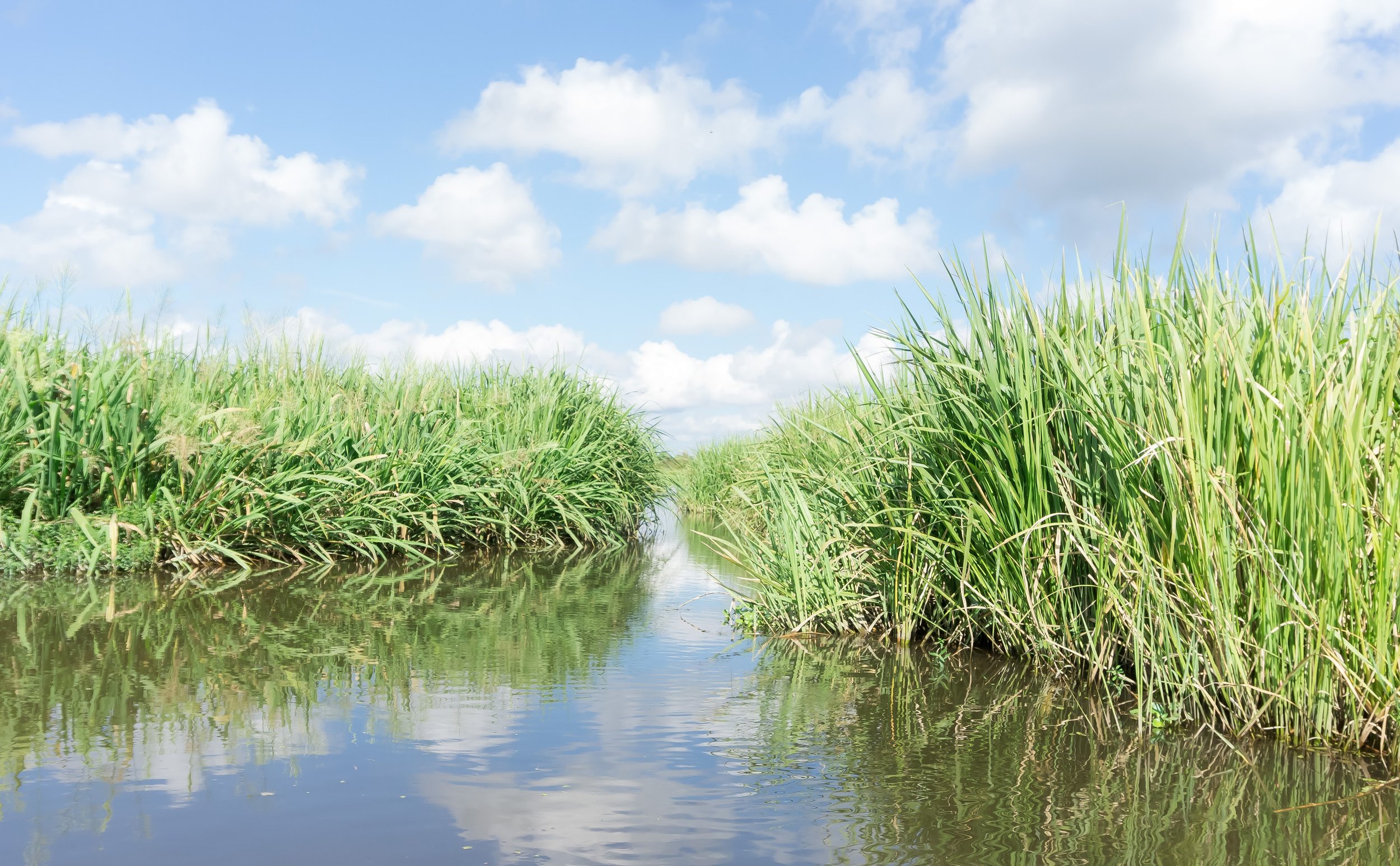
Mitigation
Environmental mitigation monitoring involves systematically tracking and evaluating the effectiveness of policies and actions taken to reduce or offset environmental damage caused by development projects, industrial activities, or other human interventions. It ensures that mitigation measures, often mandated by regulations, are properly implemented and functioning as intended to protect ecosystems, biodiversity, and public health.
Environmental mitigation monitoring is crucial for ensuring sustainable development, protecting ecosystems, and improving resilience to climate change. By tracking the success of mitigation measures, ELOS can help you make informed decisions, adjust policies as needed, and ensure long-term environmental protection.
How We Can Help
Remote Sensing and Geographic Information Systems (GIS) − Satellite imagery and drone technology are used to monitor land use changes, deforestation, and habitat fragmentation. GIS helps track and visualize environmental data such as air quality, water resources, or forest cover, in real time.
Environmental Audits and Inspections − Regular site inspections and environmental audits ensure compliance with environmental regulations and confirm the proper implementation of mitigation measures.
Environmental Monitoring Networks − Establishing air and water quality monitoring stations across different regions to collect real-time data on environmental conditions.
Biodiversity Surveys and Impact Assessments − Conducting regular wildlife surveys and ecological assessments to ensure that mitigation actions are effective in preserving biodiversity.
Public Reporting and Transparency − Governments often publish environmental monitoring reports, allowing the public and stakeholders to track progress on key environmental issues such as air quality, deforestation, or habitat restoration.
Key Components
Compliance with Environmental Regulations
Monitoring the adherence to legal requirements such as those stipulated in Environmental Impact Assessments (EIAs).
Ensuring that mitigation actions—like habitat restoration, emission reductions, or waste treatment—are in place as per the permits or agreements with regulatory authorities.
Biodiversity and Habitat Conservation
Monitoring the protection and restoration of ecosystems affected by projects such as reforestation,
wetland restoration, or wildlife corridors.
Tracking the success of programs aimed at species conservation and reducing the impact on endangered species.
Air and Water Quality Monitoring
Monitoring the emission of pollutants from industrial sources to ensure that air quality standards are met.
Tracking water contamination levels in rivers, lakes, and oceans, to ensure compliance with water quality
regulations.
Waste and Pollution Management
Monitoring the management of solid waste, hazardous materials, and toxic substances to prevent environmental
contamination.
Assessing the effectiveness of mitigation measures such as landfill management, wastewater treatment, and recycling programs.
Land Use and Deforestation Monitoring
Monitoring deforestation rates and ensuring that offsetting actions (e.g., tree planting, sustainable forestry practices) are implemented.
Using remote sensing technology (e.g., satellite imagery, drones) to track changes in land use, urban expansion, or agricultural encroachment in sensitive ecosystems.
Natural Resource Management
Monitoring the use and extraction of natural resources such as water, minerals, or forests, ensuring that sustainable practices are followed.
Assessing the impact of mitigation measures aimed at reducing the environmental footprint of resource extraction industries such as mining or oil and gas drilling.
Infrastructure and Urban Development Mitigation
Monitoring the environmental impacts of infrastructure projects (e.g., roads, bridges, airports) and the implementation of mitigation measures like stormwater management, green spaces, and noise reduction techniques.
mitigation monitoring
mitigation banking
A mitigation bank is a wetland area that is being restored, enhanced, protected, or preserved to compensate for the future use of wetlands in developmental activities.
A mitigation bank may be created when a government agency, corporation, nonprofit organization, or other entity undertakes these activities under a formal agreement with a regulatory agency. The establishment of mitigation banks must adhere to strict regulations from the government.
Mitigation banks are a form of "third-party" compensatory mitigation, in which the responsibility for compensatory mitigation implementation and success is assumed by a party other than the permittee. This transfer of liability has been a very attractive feature for Section 404 permit holders.
Our Experience
For over 18 years, ELOS has assisted clients in the planning, implementation, and management of mitigation banks and mitigation projects. We have extensive experience dealing with regulatory agencies such as the U.S. Army Corps of Engineers, the U.S. Department of the Interior, the U.S. Environmental Protection Agency, the Louisiana Department of Energy and Natural Resources, and the Louisiana Department of Wildlife and Fisheries.
At present, ELOS manages five commercial mitigation banks totaling approximately 6,300 acres of wetland restoration activity, and our services include every aspect of mitigation banking. Mitigation banking is an important part of project development in the Gulf Coastal Plain and is potentially required in a large percentage of development projects that occur in the region.

